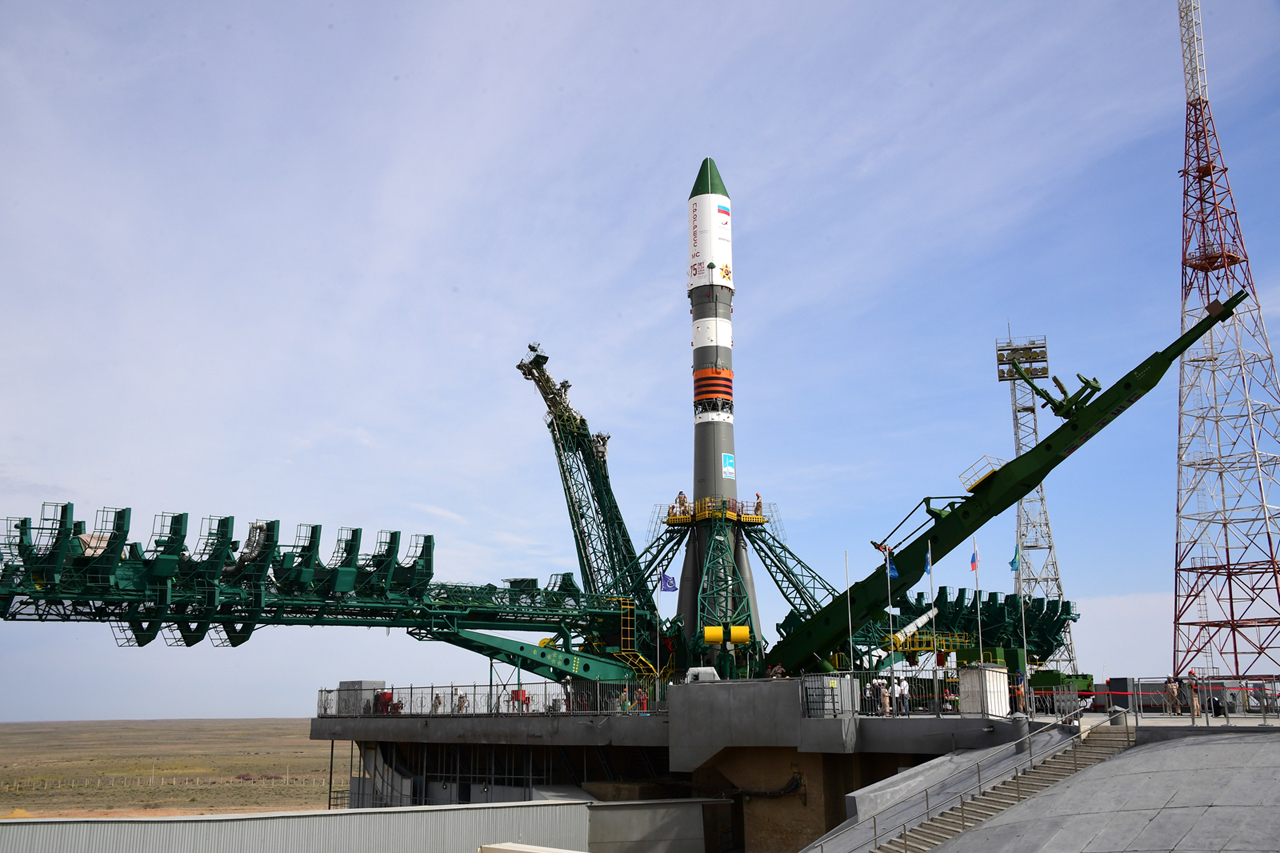
Free-flying robots and heart research filled the science schedule aboard the International Space Station today. The Expedition 63 crew also managed cargo activities in a pair of resupply ships and cleaned biology research gear.
Astrobee is a robotics investigation that explores the ability of a trio of cube-shaped, free-flying robots to assist crews aboard the station. Commander Chris Cassidy set up one of the autonomous robotic assistants in the afternoon for a test of its mobility and vision system. Astrobee could perform routine lab chores giving astronauts more time to conduct critical space research.
Cassidy also finalized the cleaning of a mouse habitat that housed rodents monitored for changes to their genetic expression due to microgravity. The mice have since returned to Earth aboard the last SpaceX Dragon cargo mission on April 7.
Living and working in space impacts the human body and scientists are exploring measures to ensure astronauts adapt successfully to weightlessness. How heart performance changes in space is fundamental to keeping crews healthy during long-term missions.
Cosmonauts Anatoly Ivanishin and Ivan Vagner continued a long-running Russian heart study today that utilizes the Lower Body Negative Pressure Suit. The investigation examines how the heart behaves as the specialized spacesuit prevents blood from pooling in a crewmember’s head reducing head and eye pressure.
The Russian duo then spent the afternoon transferring cargo to and from the Progress 74 and 75 space freighters. Ivanishin packed trash and old gear in the 74P which is due to complete its mission in July. Vagner unloaded new gear and supplies from the 75P which just arrived on April 25.








